Well, well, well. What the heck is a well seal? Well seals are commonly found being used in submersible pump applications. The interesting thing about them is that there are quite a few different combinations. Single hole vs double hole, solid vs split plate design, but what exactly does that mean?
In this blog, we are going to explore what exactly a well seal is and why you would need one. Hopefully, it will give you a better understanding of them so that you can choose the correct one that works best for you. Let's do it.
What is a Well Seal?
A well seal is made up of a top and bottom plate that has a rubber gasket sandwiched in the middle. 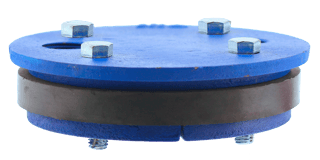 The entire well seal is held together by bolts and when those bolts are tightened they compress the rubber gasket, forcing it to make a water tight seal against the well casing and the drop pipe. The well seal is placed at the top of the casing with the discharge pipe going right through the centre. There are bolts that are used to tighten the two halves together causing the rubber seal to expand out towards the inside of the well casing and the outside of the discharge pipe.
The entire well seal is held together by bolts and when those bolts are tightened they compress the rubber gasket, forcing it to make a water tight seal against the well casing and the drop pipe. The well seal is placed at the top of the casing with the discharge pipe going right through the centre. There are bolts that are used to tighten the two halves together causing the rubber seal to expand out towards the inside of the well casing and the outside of the discharge pipe.
A well seals main two functions are first, to provide a tight seal ensuring water does not contaminate the well and second, it supports the weight of the drop pipe, submersible pump and water.
History
Years ago well pits were created around the well so that the pumping equipment could be placed near the well to provide access to the top of the well. Well pits were very dirty and they were easily contaminated by surface water. Well pits are not around anymore as they have been replaced by pitless adapters, which are much cleaner and easier to service.
Applications
Well seals are commonly found in applications where the well head is above grade, typically 12" to 24" above ground and they are usually found in the pump house. If the well casing is above grade and in a protected environment, there is no possibility that the well can be contaminated.
If the pump is located in an outside setting, it is recommended that the pump is installed 24" above grade for added safety from flooding. When you raise the casing, you immediately eliminate the possibility of ground water entering through the well seal or the flooded well pit. This then reduces any chance of contaminating the water. It also provides easier access to the well should you have to service the pump at any point.
Solid vs Split Plate Design
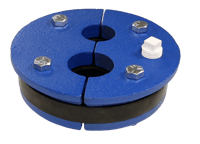 Having split plate well seals allows the contractor to bend the seal to get it loose and up out of the casing. This makes them easier to remove from the well casing if you need to service or repair the pump. If the well seal is the solid plate design, rust could form over time and the seal could be extremely difficult to remove.
Having split plate well seals allows the contractor to bend the seal to get it loose and up out of the casing. This makes them easier to remove from the well casing if you need to service or repair the pump. If the well seal is the solid plate design, rust could form over time and the seal could be extremely difficult to remove.
Solid top plates are more preferable from a structural strength point of 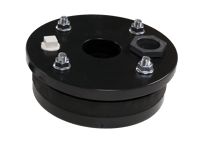 view and they do provide superior sealing over the split plate design, making solid top plates suitable for all applications. Some areas in the world require a solid top plate so be sure to check with the codes in your area to ensure you are picking the correct seal.
view and they do provide superior sealing over the split plate design, making solid top plates suitable for all applications. Some areas in the world require a solid top plate so be sure to check with the codes in your area to ensure you are picking the correct seal.
Well seals are not an overly complicated product but there are multiple factors that determine which one you actually require. Understanding the difference between the various aspects will help make the selection process a breeze.
Have further questions about this subject?

Head over to Boshart's Knowledge Base: technical product information, guidelines, and more.


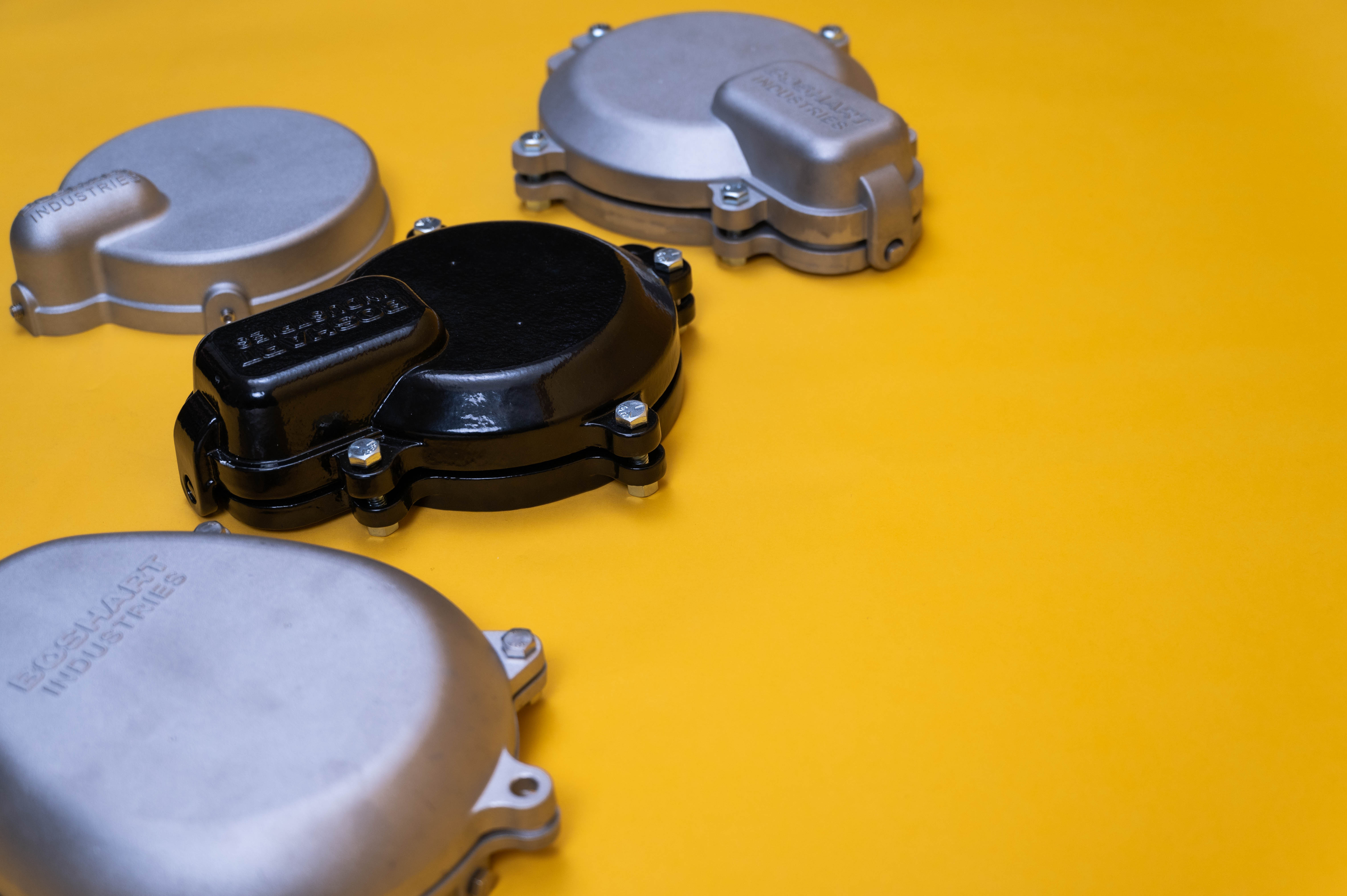
![[Video] Water Filtration vs Water Treatment & Why They are Not the Same](https://blog.boshart.com/hubfs/2022-04-27%20Filtration%20Promo%20Photos-12-1.jpg)
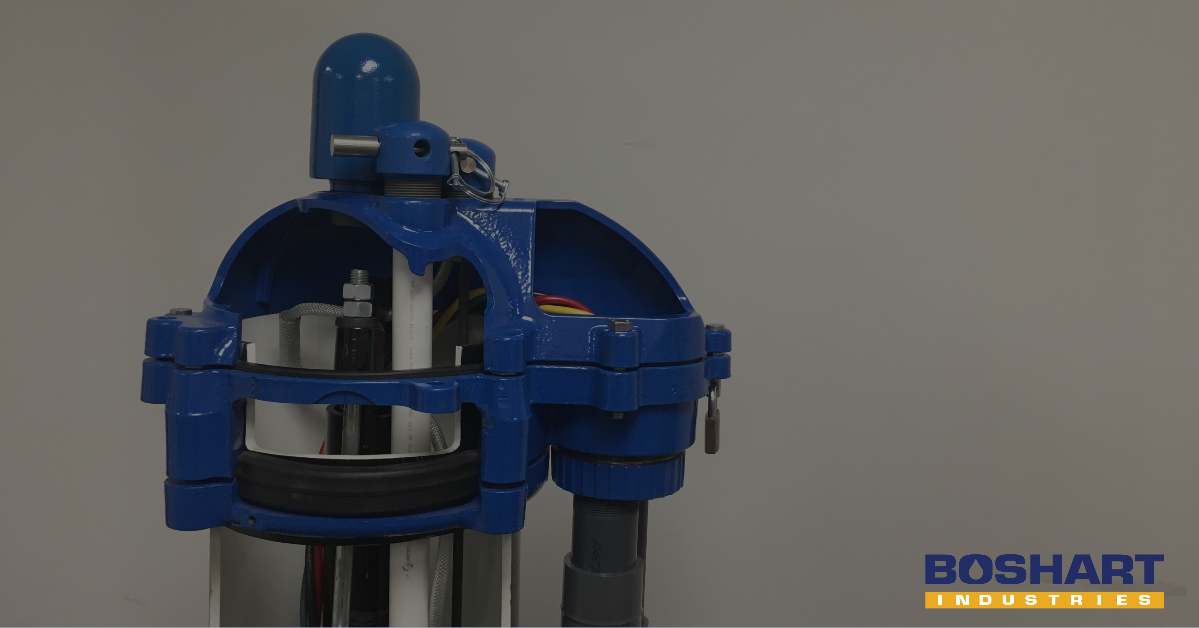
SHARE